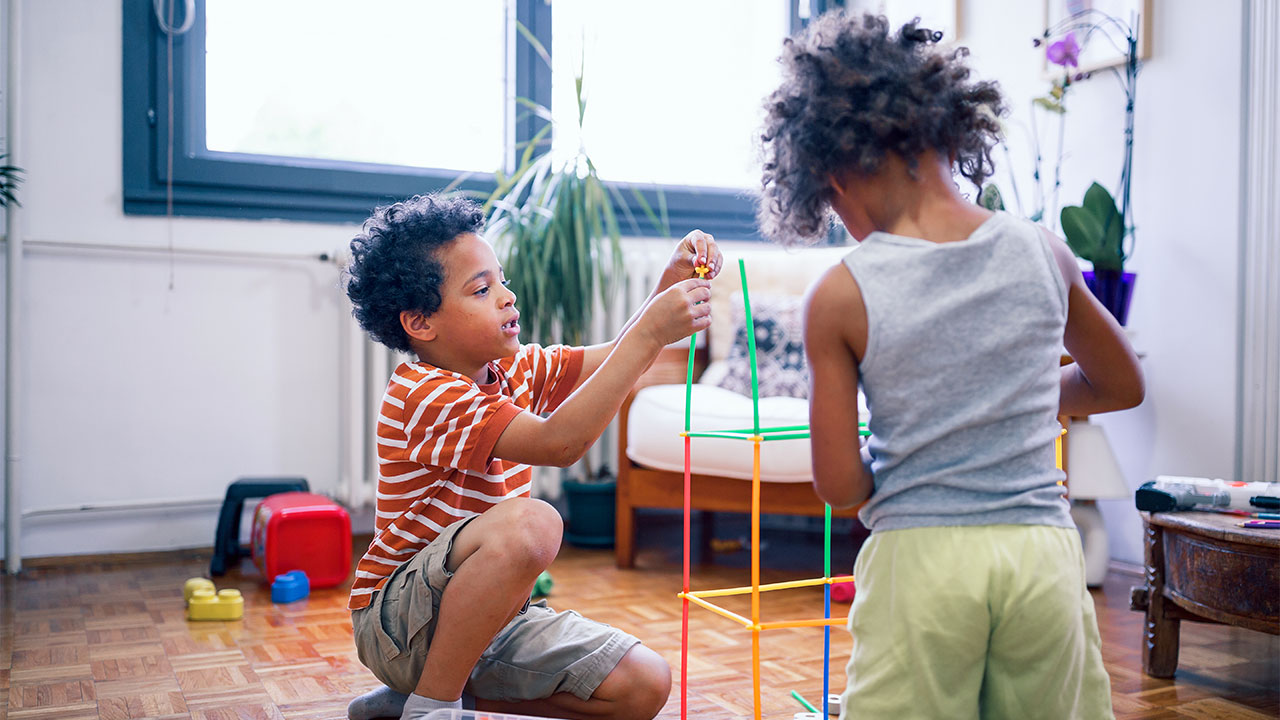- Empty cart.
- Continue Shopping
How to Recognize and Address Childhood Anxiety

Childhood anxiety is a common and often treatable mental health concern that can have a significant impact on a child’s well-being and development. Recognizing the signs of childhood anxiety and taking appropriate steps to address it are essential for helping children thrive emotionally and socially.
Recognizing Childhood Anxiety
1. Physical Symptoms
- Restlessness: Children with anxiety may appear restless or agitated, have a hard time sitting still, or fidget excessively.
- Muscle Tension: They may complain of muscle tension, headaches, or stomachaches.
- Fatigue: Anxiety can lead to fatigue, even when there’s no apparent physical exertion.
2. Emotional Symptoms
- Excessive Worry: Children with anxiety often worry excessively about various aspects of their life, including school, friendships, and family matters.
- Irritability: Anxiety can make children irritable and quick to anger, even in situations that wouldn’t typically provoke such reactions.
- Fear of Separation: Younger children may exhibit separation anxiety, making it challenging to leave them at school or with a caregiver.
- Perfectionism: Some children may exhibit perfectionist tendencies, fearing mistakes or criticism.
3. Behavioral Changes
- Avoidance: Children with anxiety may avoid certain situations or activities that trigger their anxiety, such as social interactions or academic challenges.
- Difficulty Sleeping: Anxiety can lead to difficulty falling asleep or staying asleep, resulting in disrupted sleep patterns.
- Changes in Eating Habits: Some children may experience changes in appetite, either overeating or undereating.
4. Academic and Social Impact
- Decline in Academic Performance: Anxiety can affect a child’s ability to concentrate and perform well in school.
- Social Withdrawal: Children with anxiety may withdraw from social activities, avoid making friends, or have trouble engaging with peers.
Addressing Childhood Anxiety
1. Open Communication
- Create a safe and non-judgmental space for your child to express their feelings and fears. Encourage them to talk about what’s bothering them.
2. Validate Their Feelings
- Let your child know that their feelings of anxiety are normal and that you’re there to support them. Avoid minimizing their concerns or telling them to “just relax.”
3. Model Coping Strategies
- Demonstrate healthy ways to cope with stress and anxiety in your own life. Children often learn by observing their parents or caregivers.
4. Establish a Routine
- Consistent routines can provide a sense of stability and predictability, which can help reduce anxiety in children.
5. Encourage Relaxation Techniques
- Teach your child relaxation techniques such as deep breathing exercises, mindfulness, or progressive muscle relaxation.
6. Seek Professional Help
- If your child’s anxiety is significantly impacting their daily life, consider consulting a mental health professional or therapist who specializes in working with children.
7. Cognitive-Behavioral Therapy (CBT)
- CBT is an evidence-based therapy that can be effective in treating childhood anxiety. It helps children identify and challenge irrational thoughts and develop coping strategies.
8. Medication
- In some cases, a mental health professional may recommend medication as part of the treatment plan. This is typically considered when anxiety is severe or significantly impairing a child’s life.
9. Support at School
- Work with teachers and school staff to create a supportive environment for your child. They can implement strategies to accommodate your child’s needs.
10. Promote Physical Health
- Ensure your child gets regular exercise, maintains a balanced diet, and gets adequate sleep, as physical health can impact mental well-being.
11. Monitor Progress
- Keep track of your child’s progress and check in with them regularly. Adjust interventions as needed based on their response to treatment.
12. Encourage Gradual Exposure
- If your child is avoiding situations due to anxiety, work with a therapist to create a gradual exposure plan to help them confront their fears in a controlled and supportive manner.
In Conclusion, Recognizing and addressing childhood anxiety is essential for promoting a child’s emotional well-being and development. By providing a supportive and understanding environment, seeking professional help when needed, and teaching coping strategies, you can help your child manage their anxiety and thrive socially and academically. Remember that each child is unique, and the approach to addressing anxiety should be tailored to their specific needs and circumstances.








